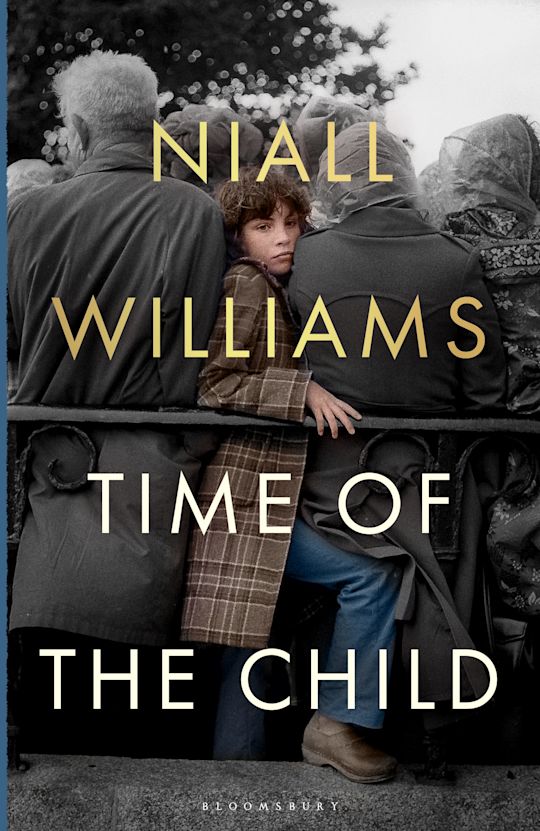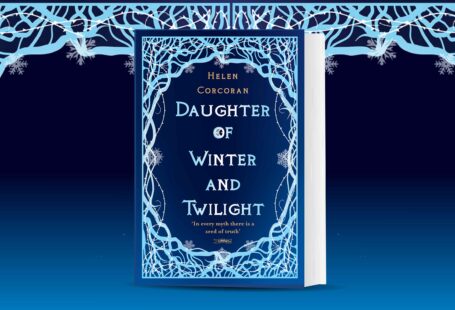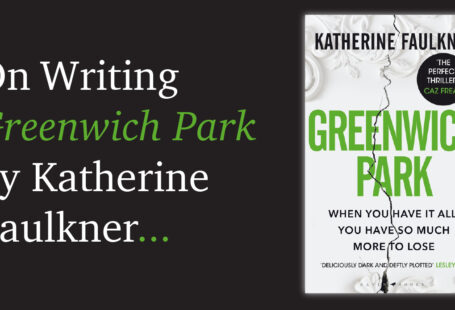We are delighted to share a blog by Niall Williams on his latest publication, Time of The Child.
It seems to me that all novelists are explorers of unknown worlds. They map them as they go, the white pages showing the tracks of their discoveries, making actual the imagined or unknown. Sometime during the writing of the early pages of ‘This is Happiness’, I knew that I had found a world in the west Clare village of Faha. For some time, I had subscribed to the belief in the enormity of small places, the idea that wherever human beings are living the possibilities of story are not bound by the limits of space or number but are in fact endless.
With that novel, something occurred to me that hadn’t happened before. The longer I continued writing about Faha, the more I wanted to stay inside those pages. So even before that novel was finished, I had conceived of the idea of writing a series of novels set in Faha, covering the period between the coming of electricity and the coming of the internet.

From the time I began writing fiction, now nearly fifty years ago, I have never planned or outlined a story or book. I have no idea where I am going. I start only with a first sentence and see if that leads to the next one. But because you are writing in time, the moments of your living seep in, and later, when the book is done, you can sometimes look back and see I went this way, probably because of that. So, it now seems to me that there were three signposts to why I came to write ‘Time of the Child.’
The first was the desire to stay in Faha. I was encouraged in this by the great number of readers in several countries writing to me to say that the longer they stayed reading ‘This is Happiness’ the slower they read. The reason they gave was always the same one, like me, they did not want the book to end, and so to leave the parish.
The second was that unique moment in all of our lives, and perhaps in human history, when, during the frightening early days of the pandemic, one evening people came out on balconies and to windows and doorways, to bang on pots and kettles, to ring bells, or applaud health care workers on the front lines. It was a communal expression of gratitude, and it moved me greatly. So, I began to understand that this time my central character would be the GP from Faha, Doctor Troy.
The third strand was one of those events in life you cannot prepare your heart for. The birth of a child. You can think of it in advance. You can take in the fact of a child coming, know the science, but these count for nothing when a newborn infant is placed in your arms. In the case of Christine and I, this was our first grandchild, Esme Willow. When I held her in my arms, it was one of the most profound experiences of my life. I heard at once the silent command that binds all humanity, Love and protect this child, and knew that the force of that was something I wanted to meet with everything in me.
So, I had the west Clare village of Faha, I had a rural doctor, Doctor Troy, and now, a newborn infant.
I wrote the first sentence of the novel, ‘This is what happened in Faha over the Christmas of 1962, in what became known in the parish as the time of the child.’
Now I only had to figure out what came next.
You can now pre-order Time of The Child on our website.






Recent Comments